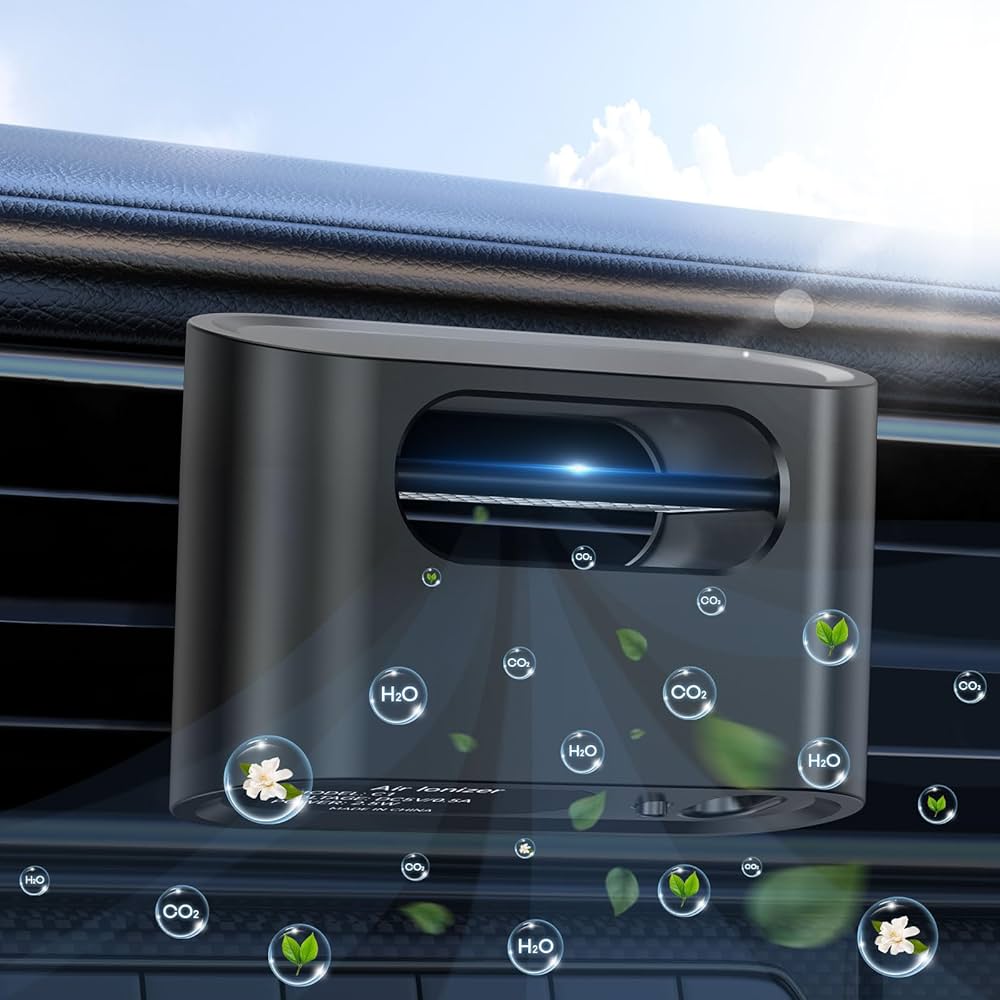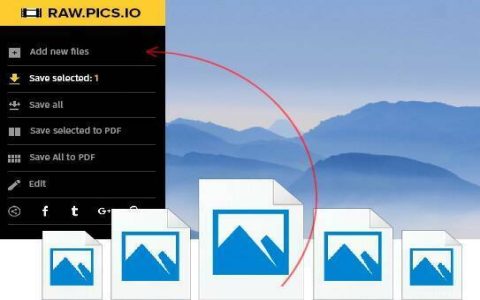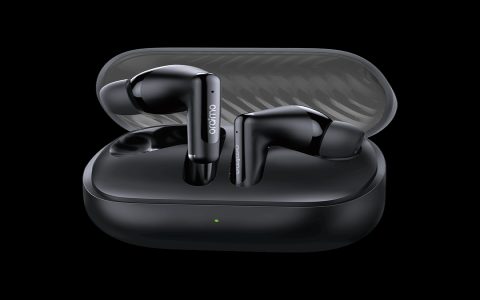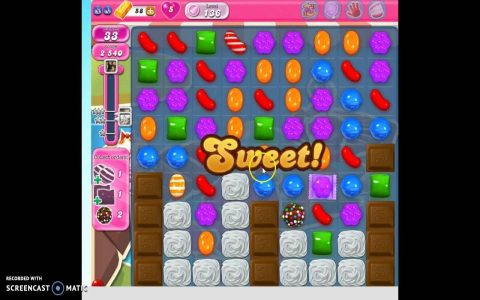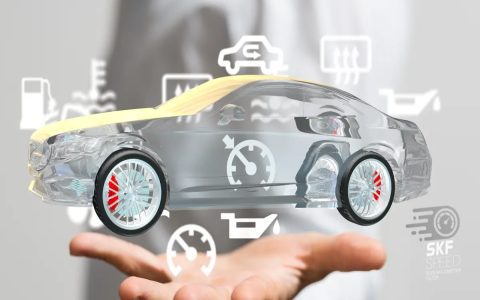Maintain your car air ioniser's efficiency and lifespan with these essential care practices.
Regular Cleaning Protocols
Exterior Housing: Wipe bi-weekly using a soft, slightly damp microfiber cloth. Avoid harsh chemicals or abrasive cleaners. Dry immediately after wiping.
Ionising Needles/Emitters: Clean monthly using a cotton swab dipped in ≥70% isopropyl alcohol. Gently rub emitter tips to remove accumulated dust and organic deposits. Allow complete drying before reinserting. Disconnect power first.
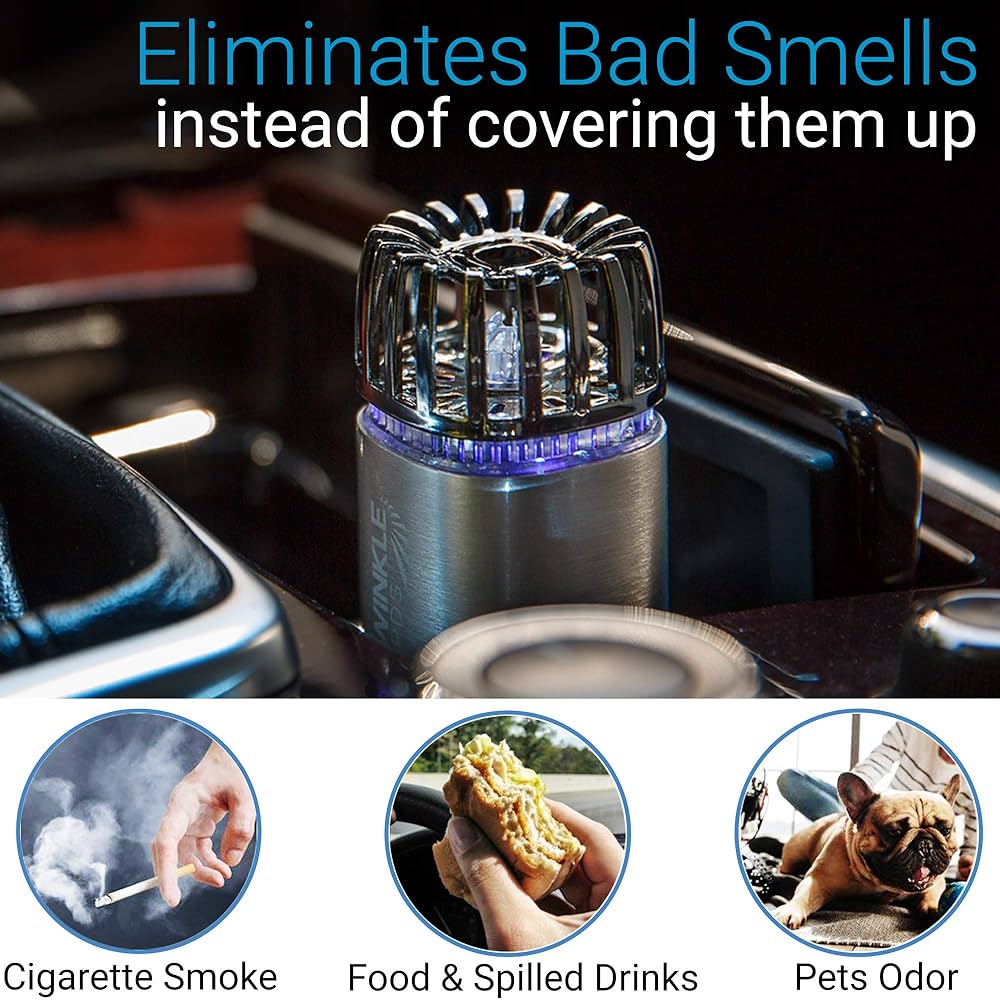
Filter Maintenance (If Applicable)
Most car ionisers have a pre-filter or HEPA component:
- Check monthly for visible debris accumulation.
- Vacuum lightly using brush attachment or rinse under cool water (if washable type). Refer to manual.
- Replace every 3-6 months, or more frequently in dusty/polluted environments. Reduced airflow indicates replacement need.
Operational Best Practices
- Run Consistently: Operate for at least 15-20 minutes during each drive. Ionisers work best with sustained use.
- Monitor Airflow: Ensure vents supplying the ioniser remain unobstructed. Weak output might indicate clogged emitters or filters.
- Power Source: Use the designated 12V socket. Avoid cheap voltage adapters which can cause electrical damage.
Critical Safety & Handling Warnings
Disconnect Before Service: Always unplug the device from the car’s power socket BEFORE any cleaning or inspection.
Capacitor Discharge: Internal capacitors store charge. Wait 30 minutes after unplugging before internal access unless specified safe by the manufacturer.
Moisture Exposure: Never operate with wet components or allow liquids near air intakes/electronics.
Long-Term Care & Troubleshooting
- Storage: Remove during extended vehicle inactivity (>1 month). Store in original packaging, away from humidity and heat.
- No Odor: Healthy ionisers produce a faint metallic/ozone scent briefly during startup. Strong, persistent "electric" smells indicate malfunction—discontinue use.
- Lights/Indicators: Consult the manual. A change in indicator status often signals a maintenance need or failure.
Adherence to this protocol ensures optimal purification performance and prevents permanent filter or circuit damage.
